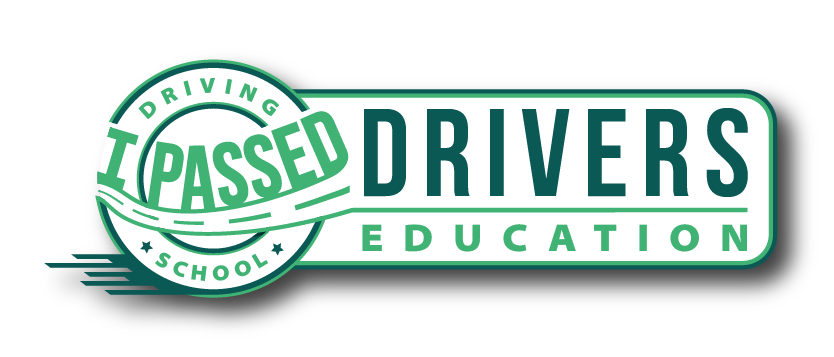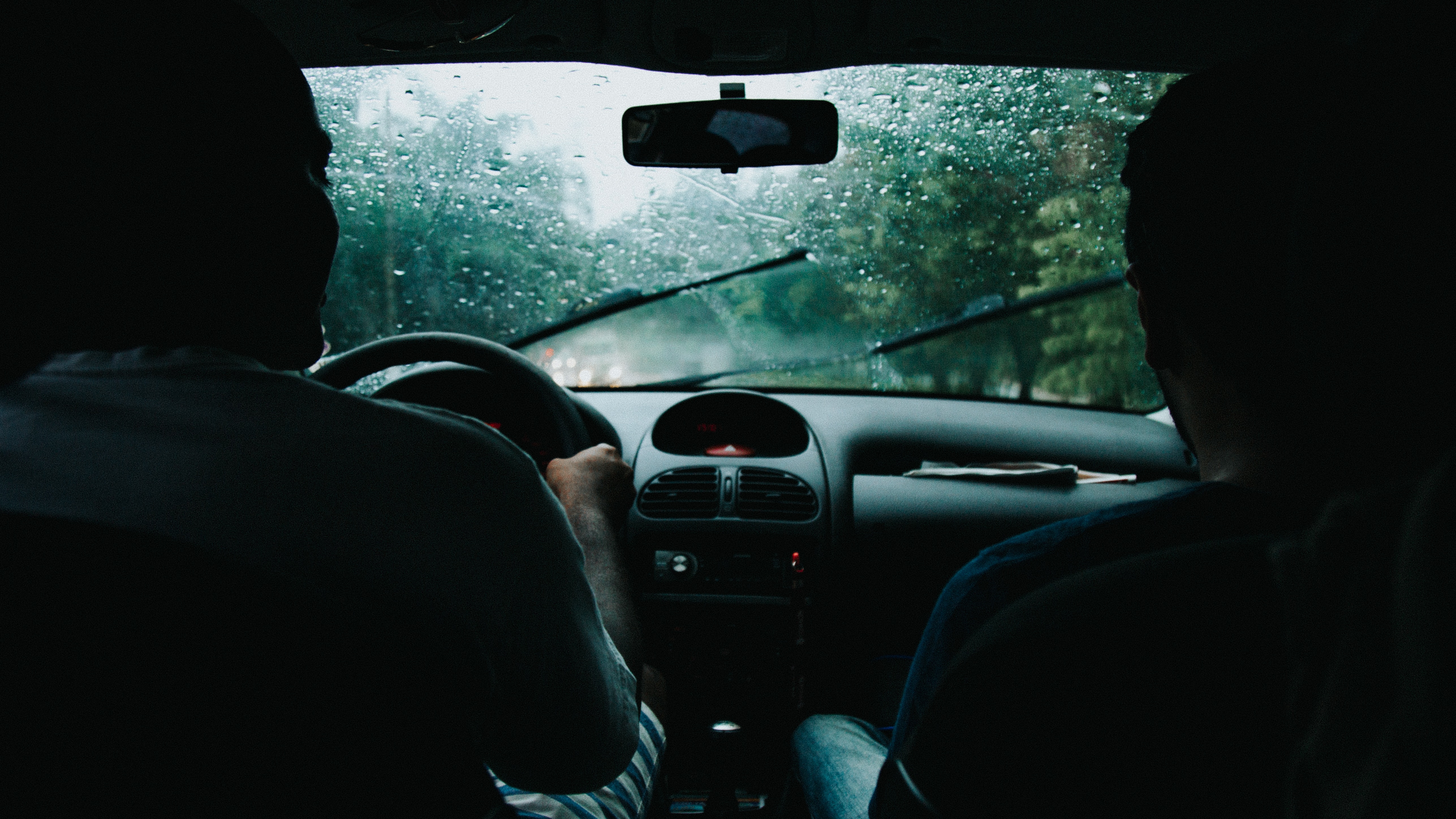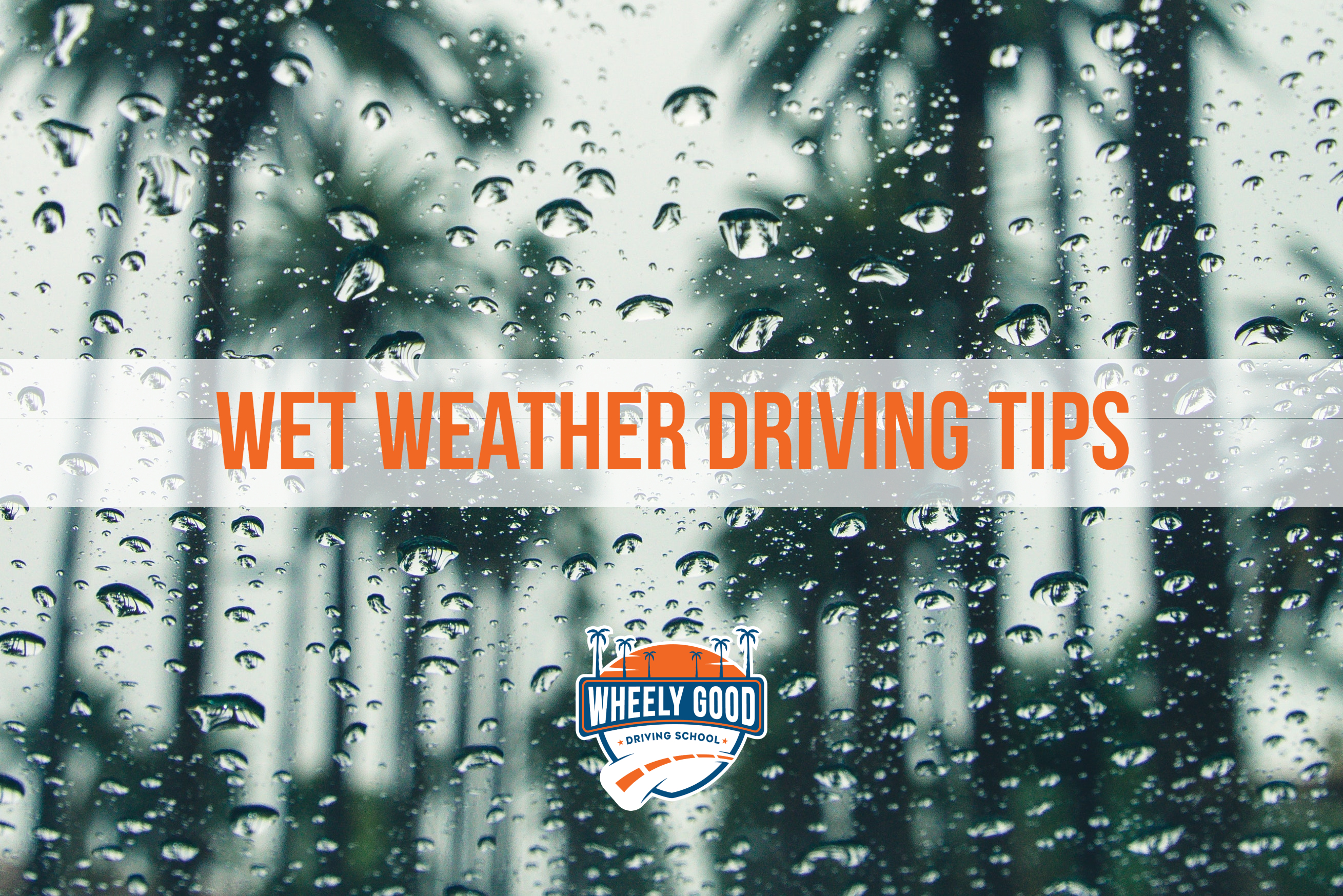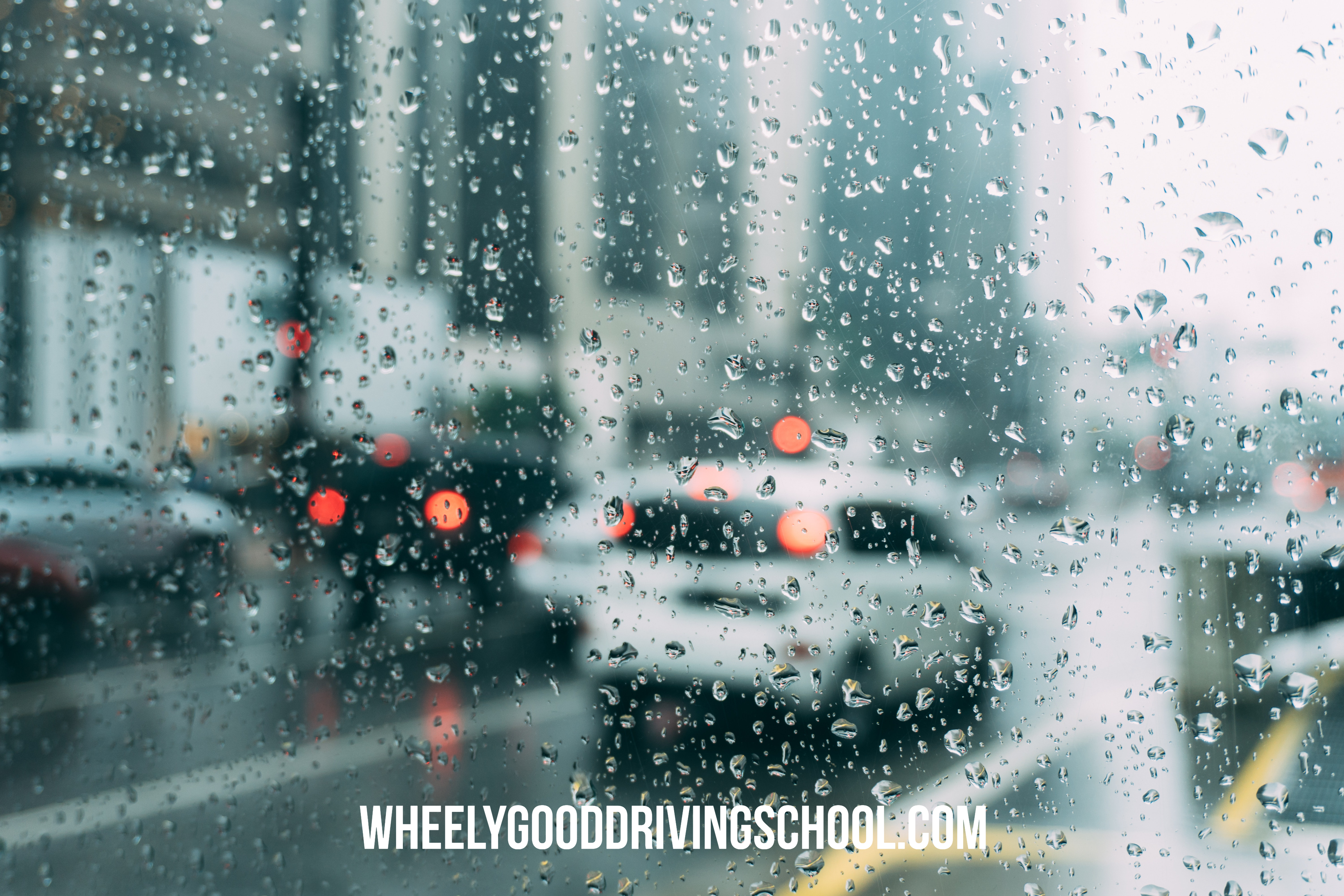California Teen Drivers FAQ
Are all teenagers required to take California Driver Education?
Students may begin their driver education at age 15.5 and must complete at least 50 hours of education and behind-the-wheel training at a teen driving school before they are eligible to take the authorized Department of Motor Vehicles road test.
Are all drivers required to take California Driver Education?
Beginning at age 17.5, eligible applicants can obtain a learner’s permit without driver education. All persons over the age of 18 can apply for a California driver’s license without any formal education, provided they meet all other eligibility requirements and pass all required tests.
Which is Better? Online Driver Education or Classroom?
Online driver education at an Irvine driving school, for example, offers students a chance to learn at their own pace. Since the course materials can be taken with students, it is often possible to combine classroom knowledge with practical driving skill development. Online courses are also often less expensive than in-person classroom instruction.
Are Online Driver Education Courses Approved?
Yes. The Department of Motor Vehicles authorizes California driving schools to offer both classroom and online education options for eligible students in addition to practical driving skills instruction.
How Do I Prove I Passed?
Every authorized driver education course offers students a Department of Motor Vehicles approved certificate of completion. This certificate can be used in combination with other documents to demonstrate eligibility for both a provisional permit and license.
What Does a Permit Authorize?
Teenage drivers who have a learner’s permit may operate a motor vehicle provided there is a licensed driver over the age of 25 in the vehicle and seated in the passenger seat. The adult driver must be able to take control of the vehicle in the event of an emergency.
What Does a Provisional License Authorize?
Teenage drivers with a provisional license are allowed to operate a motor vehicle alone, but must abide by a number of additional restrictions. They may not:
- Drive with passengers under the age of 20.
- Drive between the hours of 11PM and 5AM.
- Use mobile communications devices while driving, even if those devices have hands-free features.
What Do I Need to Get my Permit?
You must have a certificate of completion of a Department of Motor Vehicles-authorized driver education and driver training program. It is not possible to obtain a permit in California by submitting a permit from another state.
What Do I Need to Get my License?
In California, it is only possible to obtain an unrestricted driver’s license after the age of 18. Although drivers who are 17.5 years of age or older may complete the permit and provisional license process without taking a formal driver education course, they must hold their permit or license for six months before they can apply for a full unrestricted license.
How Long Does Driver Education Take?
Because online courses can be completed on an as-available basis, there is no specific schedule requirement. It is necessary to complete 50 hours of training and driver education to obtain a Department of Motor Vehicles certificate.








